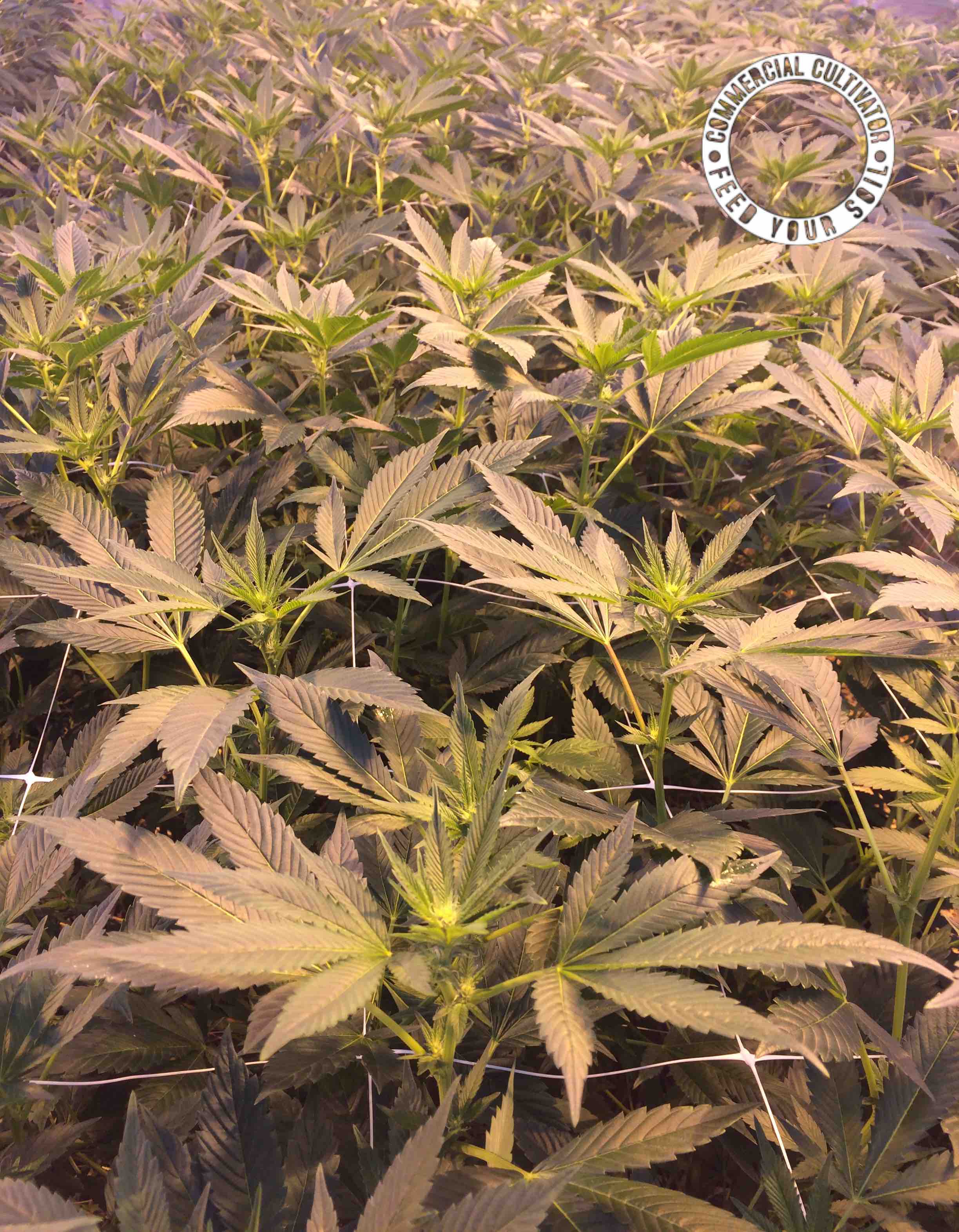Cannabis, Soil Science and Sustainability

The average commercial cannabis cultivator seems to be following the modern agricultural paradigm. That model is based on questionable and, one might say, ineffective soil systems management.
In the high-yield cannabis world, amidst decades of prohibition, following the lead of the modern agricultural model has resulted in the adoption of cultural practices that go something like this: Use and destroy the soil, then dispose of it once it is rendered lifeless and useless due to repeated heavy applications of chemical fertilizers, pesticides, and other poisons.
Certainly conventional agricultural food production and the soil management systems underpinning them are faltering, evidenced by soil systems deteriorating many times faster than they are being improved. This qualifies as a failure in my book.
What will be the fate of profit margins, sustainability and medicine in the cannabis industry if we continue to follow blindly in the footsteps of chemical agriculture? Perhaps it is time to turn over a new leaf.
A little context for the discussion: scientists say the Earth has lost a third of arable land in the past 40 years, and some say soil erosion is the number one challenge facing the world today. Why? How?
Well…world agricultural production accounts for about three-quarters of the soil erosion worldwide. This steep decline in arable soil is occurring during a time when the world’s demand for food is rapidly increasing. It is estimated that the world will need to grow 50% more food by 2050, and it is important to note that, the total volume of food necessary, remains relative to the nutrient density of the food.
Time for a radical solution, and cannabis can lead the way.
Currently, cannabis is the most profitable crop per land area and very likely the most resource-consumptive crop grown (due to the current legal and regulatory climate and thus limited supply vs. demand).
As the cannabis industry continues to grow, now more than ever we have the opportunity, and I believe the responsibility, to cultivate in ecologically mindful ways, improve the end product and it’s positive impacts, increase both short-term and long-term profits, decrease or eliminate waste and lower the carbon footprint of cannabis cultivation operations.
Most importantly, we have the opportunity to fund, implement and lead the way in research and development of sustainable, medical, phytonutrient-dense crop production methodologies.
Only by implementing more rigorous scientific methods to cannabis cultivation can we hope to provide truly meaningful improvements in and contributions to the fields of agriculture, science, medicine and human health.
While dumpsters of potting soil continue to roll off to the landfill, complex health and human science and the cultivators truly engaged in science will continue to provide meaningful data regarding plant compounds and what factors influence the best outcome for the desired end product.
I am willing to bet that what is best will not be coming from the business models employing antiquated, wasteful and destructive cultivation strategies, and that in due time these models will fade into distant memories.
This is the first in a series of articles, in which we will explore topics related to the pursuit of high yield, phytonutrient-dense “high brix” cannabis production.
The next article will provide a historical and geologic context to the cannabis plant, as viewed from the scope of soil biology and the progression of ecosystems and soil types, and how maximized genetic expression, through maximized soil and plant health influence the production of high quality cannabis.